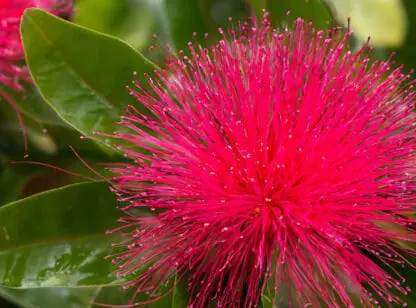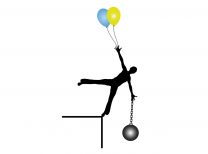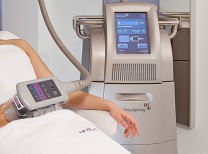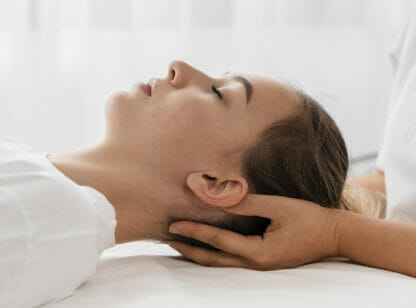The craniosacral system is comprised of the membranes and cerebrospinal fluid that surround and protect the brain and spinal cord. This system extends from the skull or cranium down to the tailbone or sacrum. Craniosacral therapy (CST) is a gentle hands-on technique that is used to loosen abnormal tensions in this system and surrounding tissues. Releasing these tensions deep in the body can relieve pain and dysfunction and improve whole body health.
It was developed by osteopathic physician Dr. John Upledger, a professor and clinical researcher at the College of Osteopathic Medicine at Michigan State University. While he was there from 1975 to 1983 he led a team of anatomists, physiologists, biophysicists and bioengineers whose work established the scientific basis for this therapy. In 1985, Dr. Upledger founded The Upledger Institute to educate the public and health care practitioners about the benefits of CST and in April 2001 Time Magazine recognized him as one of America’s “next wave of innovators.”
Practitioners are trained to discern restrictive patterns and use light touch techniques to facilitate their release. This enhances the body’s natural healing process and is effective for a wide range of conditions associated with pain and dysfunction. CST is very gentle and can be effective for all ages from newborns to elderly.
In a typical session, the fully dressed client lies on a padded table while the practitioner evaluates the craniosacral system, after which delicate manual techniques are used to release involved areas. A CST therapy session typically lasts for an hour, and can be used alone or integrated with other therapies. Each person’s experience is highly individual, however, the sessions are generally deeply relaxing.
Most practitioners of CST are health care professionals who study this technique as post-graduate continuing education. They include physical therapists, occupational therapists, chiropractors, osteopaths, physicians, acupuncturists, dentists, nurses, naturopaths, and massage therapists.
Former Heisman Trophy winner and pro player Ricky Williams credits much of his success to CST. In a news release, he stated that prior to the 2009 football season, he went through the craniosacral intensive program at The Upledger Institute. “I was looking to deal with some nagging physical complaints I had from past injuries and ended up getting the relief I was looking for and much more. I credit much of my wellbeing and my 1000-yard season to the program I experienced at Upledger.”
Recently, the Ricky Williams Foundation and the Upledger Institute collaborated in The Ricky Williams Concussion Pilot Project. In 2015, seven former professional football players with chronic traumatic encephalopathy (CTE) were part of a study utilizing craniosacral therapy, visceral manipulation and neural manipulation. At the conclusion of the program, all the former players reported feeling much better physically and mentally and showed substantial documented quantitative improvement in their post-treatment evaluations.
Of course, even those who are not pro athletes can enjoy the physical and mental benefits of CST, especially if suffering from old injuries or pain.
Teri Tudor is a physical therapist practicing at Eisenhower Wellness Institute and AcQPoint Wellness Center in La Quinta and can be reached at (760) 775.7900. For more information on craniosacral therapy, visit www.upledger.com or speak with a qualified practitioner.












































Comments (0)